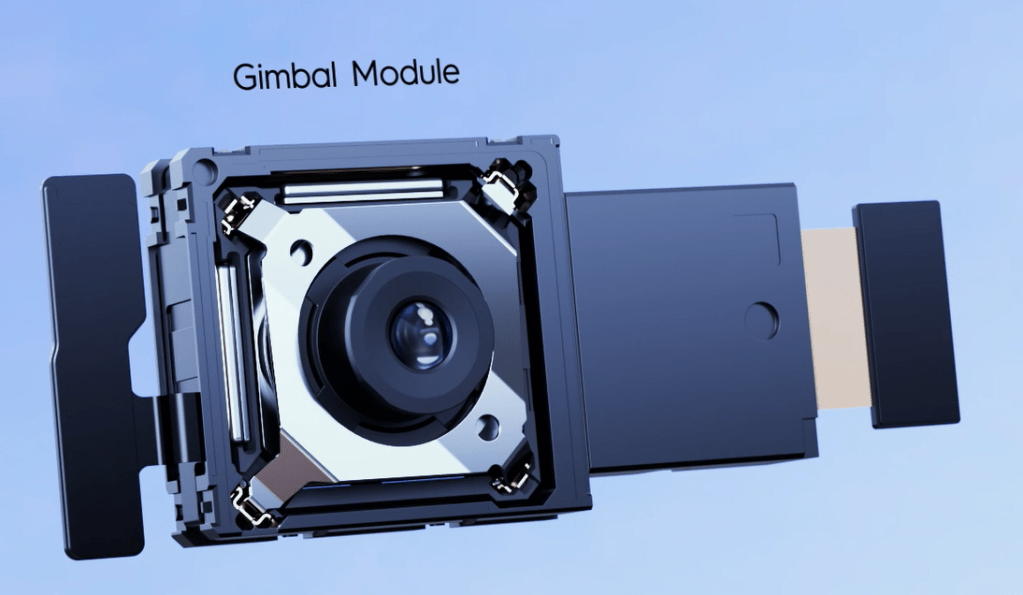Before the advent of gimbal cameras, OIS (optical image stabilization) and EIS (electronic image stabilization) used to be the rave in what we can call ‘back in the day” now. However, the gimbal camera system is way more efficient in comparison, especially when used together with the others. That being said, how different is the gimbal camera, OIS and EIS? Read More: Turn your Smartphone camera into Full HD Webcam with the Camo App
What is the difference between gimbal camera, OIS and EIS
On the scale of how recent the camera stabilization techs are, you have OIS first, then EIS and the most recent is the gimbal camera tech. Nonetheless, the application might vary slightly from one manufacturer to another but generally have a similar underlining tech. That being said, there is a clear difference between these different camera stabilization technologies. For starters, EIS is a software solution, in the sense that it corrects wobble in videos using the accelerometer to detect tilts and shakes and adjust the frames accordingly. Elsewhere, OIS takes a hardware approach and it involves motion correction by moving the lens. In other words, the lens is adjusted to counter the movement by a shaky hand which is detected by the gyroscope. At the top of the ladder, the gimbal camera system uses a more sophisticated tech and the whole camera module is being stabilized moving to stabilize jerky motion. Also, they characteristically have a sensor dedicated to detecting motion so stabilization can be made accordingly. SEE: Smartphone charging cables buying guide
Smartphones with Gimbal Camera
Gimbal camera phones are still relatively new tech considering it debuted last year, so there is not a lot of them around. Here is a short list of smartphones with a built-in gimbal.
Vivo X50 ProVivo X60 Pro / X60 Pro Plus / X50 Pro 5GVivo X70 Pro / X70 Pro PlusTecno Camon 18 Premier
Vivo being the pioneer of the gimbal camera feature has more smartphones with the feature. In general, smartphones with gimbal cameras range from mid-range to high-end smartphones, but you can expect it to be featured more in the latter moving forward.
Conclusion
In the long run, the gimbal camera will get featured in more smartphones, although it is taking some time to be featured in smartphones. The clear advantage of having the gimbal camera besides for steady videos is that you get clearer pictures because of the elimination of blurring that results from shaky hands especially when zooming in.

